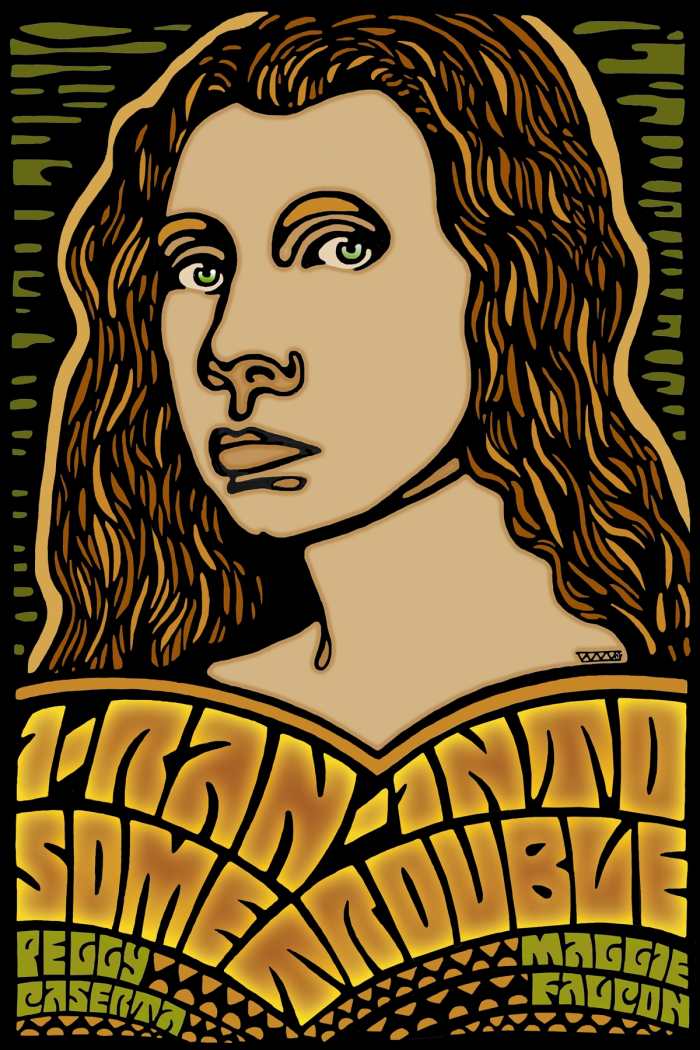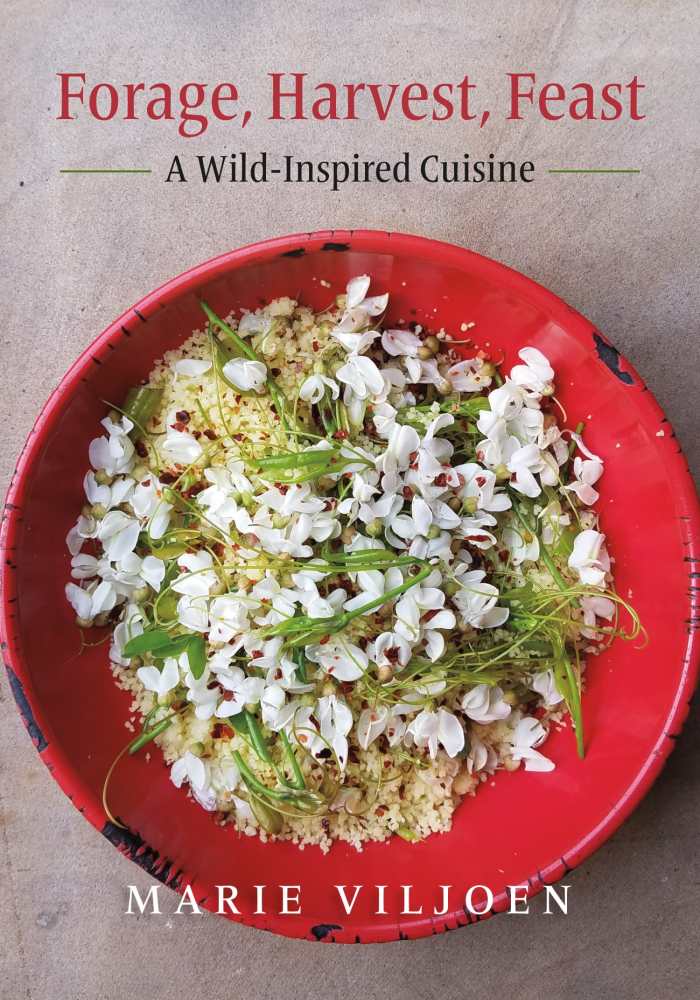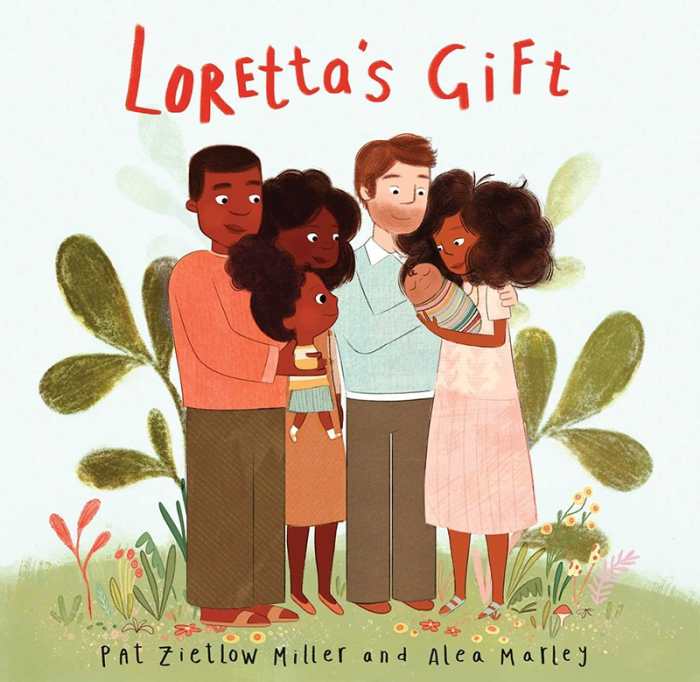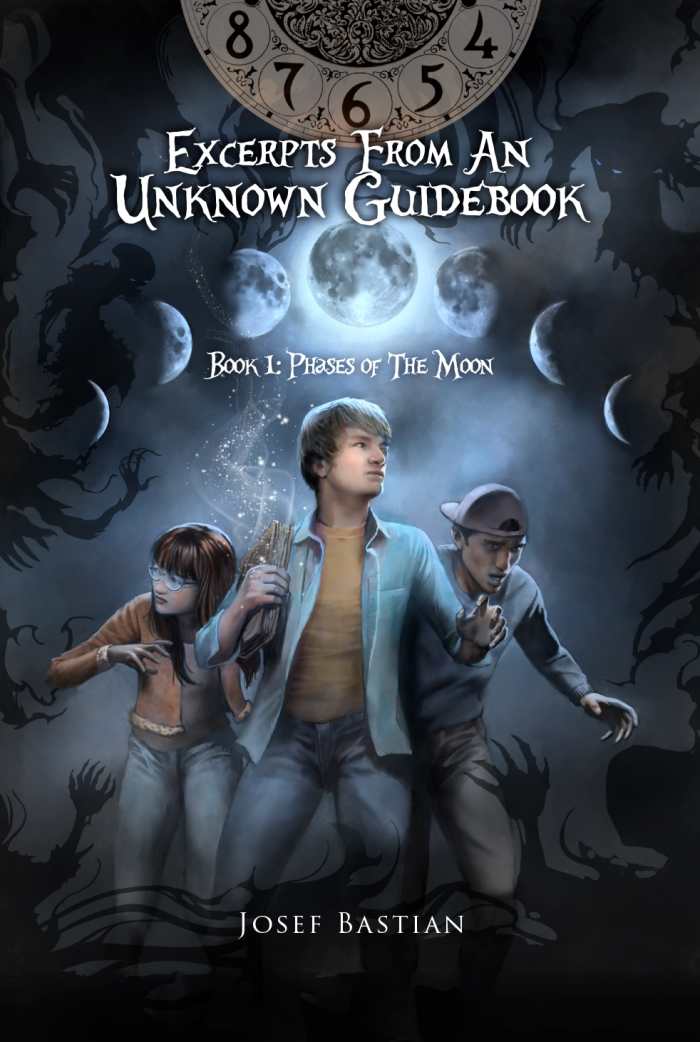Book of the Day Roundup August 13-August 17

I Ran into Some Trouble

Peggy Caserta
Maggie Falcon
Wyatt-MacKenzie Publishing
Hardcover $29.95 (286pp)
978-1-942545-82-8
Buy: Local Bookstore (Bookshop), Amazon
Best known for the influence of her store, Mnasidika, and her association with Janis Joplin, Peggy Caserta has the devil’s own luck. Relentless and relentlessly unafraid to use all the advantages at her disposal, her story is a wild ride. Caserta’s I Ran Into Some Trouble, written with Maggie Falcon, bypasses the scandal sheets to explain Caserta’s perspective on a life thoroughly lived.
Caserta focuses on her journey from being a small-town Louisiana girl to becoming a fashion, culture, and tabloid sensation to finding her place as a quiet retiree and parental caretaker. Careful to centralize her own life, she steers clear of overreliance on her celebrity connections. She digs into the elements of her life that happened outside of the public view, as she hustled to make something of herself and keep that sense of self intact through grief, loss, abuse, and addiction.
While Caserta recognizes her advantages, especially her parents and their ever-present emotional and financial support, it’s also easy to see how her wealth and her whiteness often insulated her from the worst consequences of her behavior. Her meteoric rise as a fashion powerhouse and cultural influencer is shadowed by debauchery, troubled relationships, financial instability, health problems, and addiction. Yet, unlike some of her peers, Caserta survived, not unscathed, but relatively intact. Why is a question even she can’t fully answer.
In many ways, I Ran Into Some Trouble is Caserta’s reclamation of her own story, a second chance after the infamous Going Down with Janis. While there’s some regret for the decisions she abdicated during the worst of her addiction, this memoir isn’t about apologies. Rather, Caserta focuses on telling her story her way and owning it. The experience is less salacious and infinitely more astonishing in the scope of what she did, what was done to her, and what she got away with.
LETITIA MONTGOMERY-RODGERS (June 27, 2018)
Forage, Harvest, Feast
A Wild-Inspired Cuisine

Marie Viljoen
Chelsea Green Publishing
Hardcover $40.00 (480pp)
978-1-60358-750-1
Buy: Local Bookstore (Bookshop), Amazon
The renewed interest in foraging wild foods has inspired many new cookbooks, but none is as comprehensive as Marie Viljoen’s Forage, Harvest, Feast: A Wild-Inspired Cuisine. Viljoen is a writer and wild foods evangelist who packs nearly five hundred recipes for thirty-six wild plants into her well-illustrated, playfully written book.
The emphasis is on plants that can be sustainably harvested or which have potential for commercial growing, such as lamb’s quarters, serviceberries, and nettles. Gardeners will be doubly delighted to learn how to transform traditional weeds and invasive plants into tempting dishes. How soul-satisfying to turn the chore of weeding out destructive garlic mustard and pesky purslane into harvesting for pesto or a refreshing gazpacho.
While the author stresses that her cookbook should be supplemented by field guides and other plant identification resources, she does include information about when plants are ready to harvest, botanical history and lore, and pointers for home and small-scale cultivation. An important bonus are the frequent descriptions of the amount of labor involved in harvest or preparation of recipes; most recipes are simple enough for novice cooks, but it is helpful to know up front when their preparation will require lengthier or trickier cooking or abundant amounts of elbow grease.
Extensive chapter and recipe introductions are well researched and fun to read. The author relates her own experiences and experiments, invoking many a humorous phrase along the way, as when she wisely advises cooks to carefully pit stone fruit “if you are worried about tooth lawsuits” and rhapsodizes about a Cucumber and Green Prickly Ash Salad that is “a smooth, crisp, sweet-and-sour flavor bomb.”
Recipes range from classics like Elderberry Syrup to boldly flavored concoctions like Bayberry Back Ribs and Pokeweed with Anchovy Butter. A smattering of sophisticated cocktails round things out, including Black Ice (fir vodka, black chokeberry syrup, and vermouth) and milkweed-based cocktails like Migration and The Monarch.
Forage would be a great addition to the shelves of any outdoors enthusiast, small farmer, gardener, or adventurous cook.
RACHEL JAGARESKI (August 7, 2018)
Loretta’s Gift

Pat Zietlow Miller
Alea Marley, illustrator
Little Bee Books
Hardcover $17.99 (40pp)
978-1-4998-0681-6
Buy: Local Bookstore (Bookshop), Amazon
Loretta searches for the perfect present to give her baby cousin, but she can’t knit soft hats like her mother, buy diapers like her father, or build a crib like her uncle. Sweet illustrations show a caring, affectionate family and one thoughtful little girl as Loretta, adorable with an Afro puff and yellow Mary Janes, learns that sometimes the very best gifts to give are the ones that don’t come wrapped in ribbons or bows.
PALLAS GATES MCCORQUODALE (June 27, 2018)
Excerpts from an Unknown Guidebook, Book 1
Phases of the Moon

Josef Bastian
Folkteller Publishing
Softcover $7.99 (248pp)
978-1-73208-901-3
Josef Bastian’s Excerpts from an Unknown Guidebook is a polished, thoroughly engaging fantasy for tweens and young adults.
Aaron Anderson seems ordinary in every way—until he learns he’s been chosen to succeed his grandfather Pap as a Folkteller, the person who “tells the stories that must be told” to keep evil at bay.
Aaron’s training begins with a cleverly riddled adventure that lands him and his best friend Jake in another dimension. There they meet Wendy Perrault, a student Folkteller from a parallel universe. When Aaron and Jake are attacked by suffocating, cold-as-ice embodiments of evil known as the Shadow People, Wendy helps them escape and is accidentally transported back to Earth with the boys.
The basics of the story are deliciously embellished with all sorts of complications. Wendy needs to return to her own universe, but she will have only one chance to do so, when the transit portal opens on a narrow window of escape. Aaron’s special status as a Folkteller-in-training threatens his long-standing friendship with Jake. The Shadow People, aware that Pap’s powers are waning while Aaron’s are still developing, are planning to wage a final, all-out war of destruction.
The plot establishes itself quickly, setting a fast pace that never falters. There’s a refreshing absence of overlong setups, and the writing is light rather than portentous, with touches of humor. Descriptions of the Shadow People, the alternate dimension, and magical books of Folkteller tales are vivid and woven seamlessly into the action.
Characters are also deftly drawn. Part of what keeps the plot absorbing is that each character is given problems to work through. Pap isn’t completely sure that his plan for getting Wendy home will work. Aaron questions whether he’s really cut out to be a Folkteller. Wendy and Jake form a romantic attachment that creates tension as the propitious date for Wendy’s return looms.
The first book in a projected series, Excerpts from an Unknown Guidebook sets a high standard to follow.
SUSAN WAGGONER (June 27, 2018)
White

Deni Ellis Béchard
Milkweed Editions
Softcover $15.00 (320pp)
978-1-57131-125-2
Buy: Local Bookstore (Bookshop), Amazon
A white child appears among the street urchins of the Congo, claiming to be both a witch and bewitched. Two American conservationists disappear in the jungle, one under suspicious circumstances, another purposefully elusive. Deni Ellis Béchard’s White lands its journalist lead smack in the middle of these two seemingly unrelated stories for a tale that feels like James Michener and Gabriel García Márquez joined forces to craft a meditation on race.
White is somehow both breathless and introspective, a careening political thriller and a work of deep contemplation. Béchard’s eponymous protagonist heads to the Congo chasing a story. He’s trying to track down a mysterious conservationist at the center of a web of corporate corruption. On the plane, he meets Sola, an anthropologist following intrigue of her own. A colleague has found a white—not albino—child on the streets of Kinshasa who claims to be an African girl transformed by a demon. Over the course of joining with Sola to recover the child’s origins, Béchard finds himself having to reckon with a memory he’s set aside for some time.
As a novel, White enthralls and inspires wonder, its ambitious storytelling working through a captivating mix of political intrigue and something near magical realism. This artistry allows Béchard to move into somewhat dangerous territory: he is a white author writing about race and colonialism. While any of his interwoven story lines could easily move into clumsy metaphors, the book unfolds with thought-provoking nuance.
In White, there is nothing clean cut about the way whiteness manifests in geopolitics. There is also nothing simple about the way we internalize systems of privilege and power. They are insidious, haunting even the “woke” among us, a phenomenon Béchard illustrates through his self-referential protagonist with notable self-awareness.
White is a rare work of fiction in which one can get lost in storytelling and grow as a thinker at the same time. Captivating, careening, thrilling, and magical, this is intelligent entertainment.
JESSIE HORNESS (August 7, 2018)
Hannah Hohman
